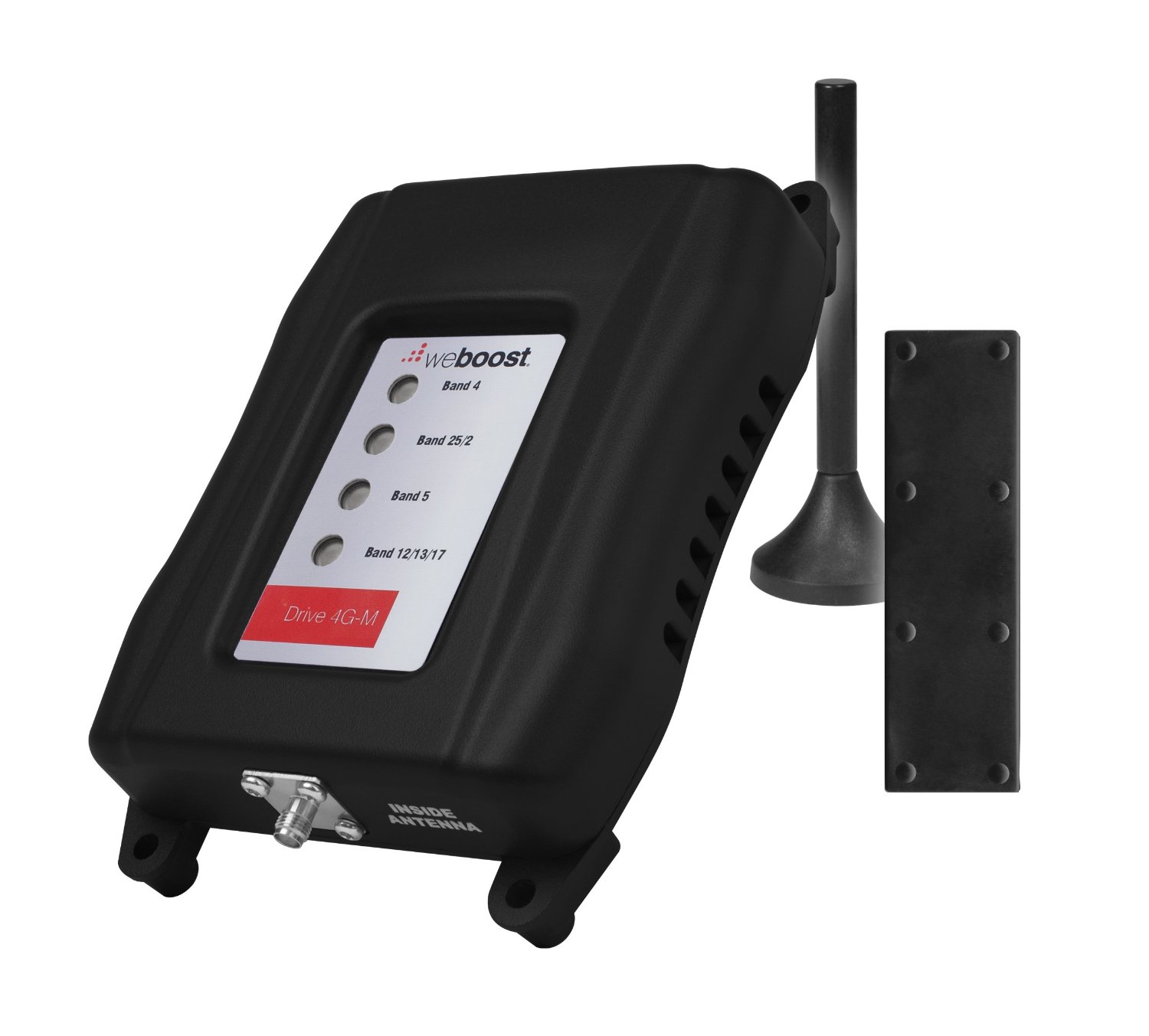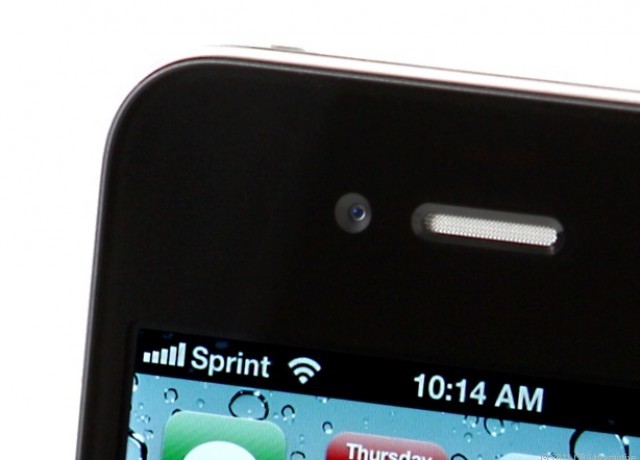

Look out for features like optical (rather than digital) zooms, night mode for better low-light images, and optical image stabilization.
Buy a case and screen protector: You'll protect your phone from costly damage, and will increase the phone's resale or trade-in value for when you're ready to move on. 
Otherwise, it's simple enough to switch platforms. Likewise, if you've invested in loads of Android apps, you'll want to stay on that side of the fence.
Check if you're already invested: Have you already bought a lot of iPhone apps and iTunes movies? Stick with an iPhone if you still want access to them. Hold the phone at a store first: You may love or hate the way it looks and feels in person. Wait for this year's launch to get last year's phone for less, when stores and carriers may be trying to offload their existing stock. Last year's phones: They can often be a great deal, too. 
And find out what your grace period is in case you need a quick return or exchange.
Shop the sales: Look for deep discounts and promo deals around major holidays, especially Amazon's Prime Day and Black Friday. Google's Pixel 7 Pro packs a great zoom camera, but the base Pixel 7 has most of the same key specs and comes at a more reasonable price. You can get a great phone that does almost everything that a premium phone can do for a fraction of the price. Don't discount the midrange: Features of last year's flagships always trickle down to this year's midrange handsets. If not, you can likely save yourself a bundle. If you're a photographer, then spending money here is a good idea. Phones like the iPhone 14 Pro or Pixel 7 Pro, for example, pack incredible cameras that almost rival the quality you'd get from a DSLR. Know what you care about most: Is it screen size? Camera quality? Battery life? This will help narrow down your choices. 
How to buy a new phone: Top phone-buying tips








 0 kommentar(er)
0 kommentar(er)
